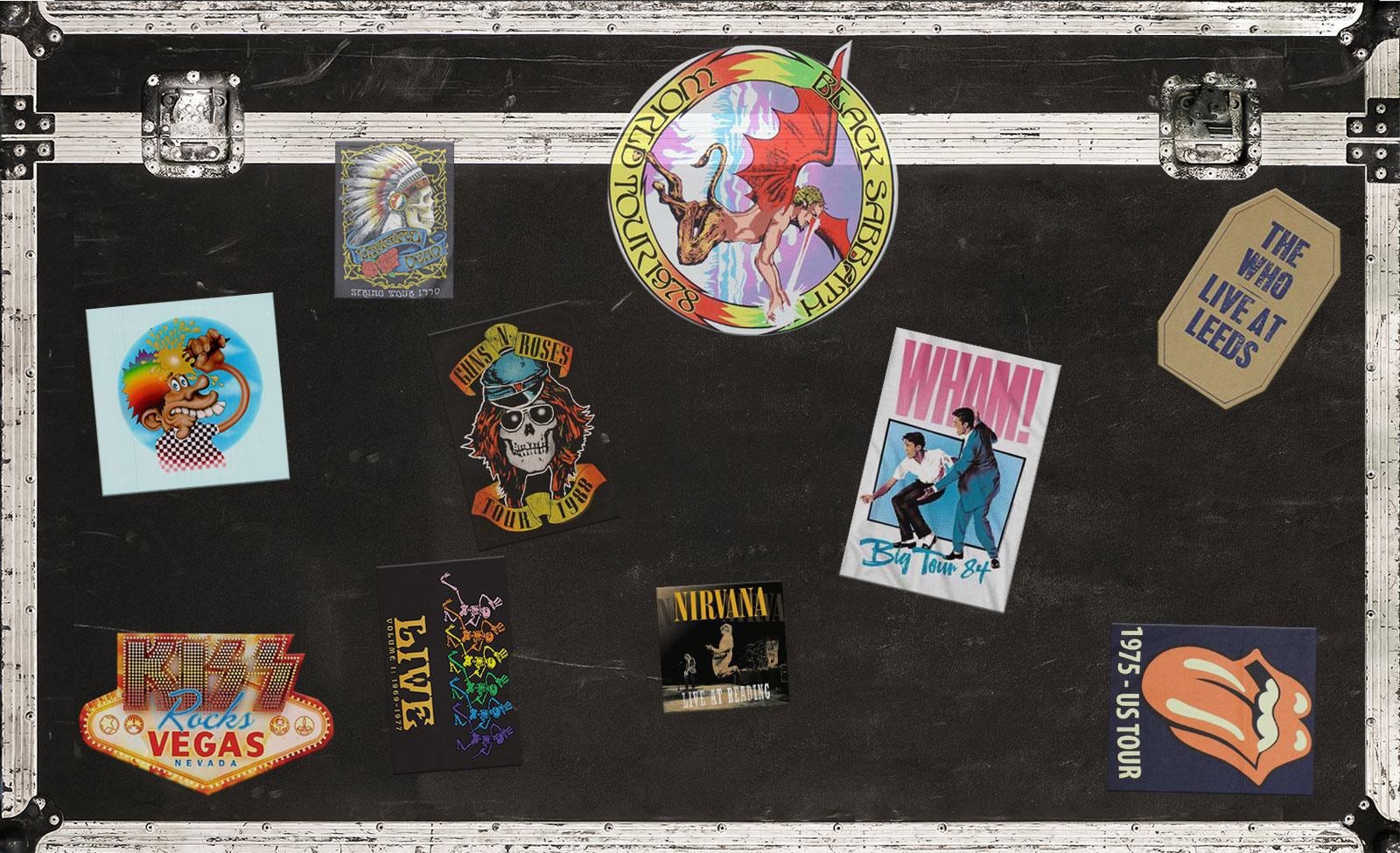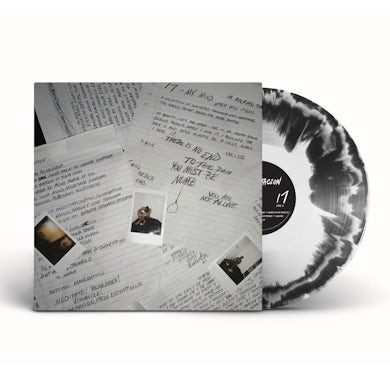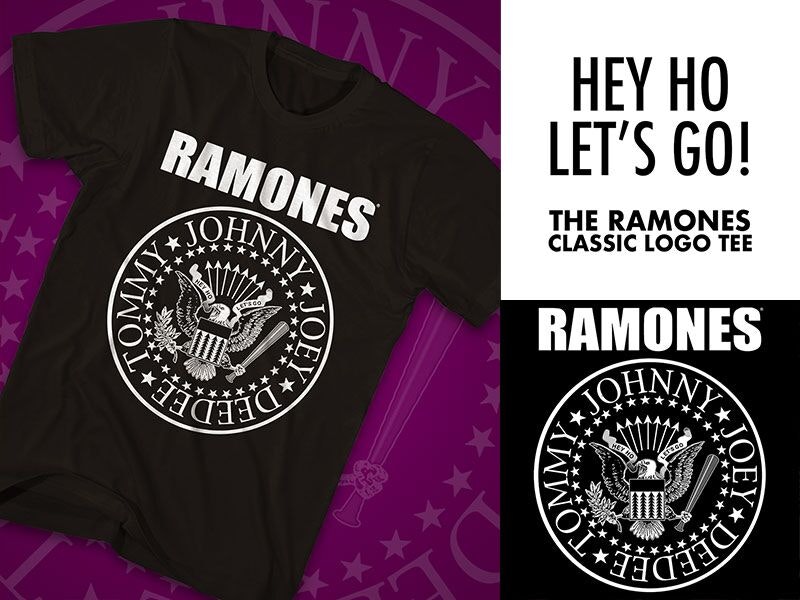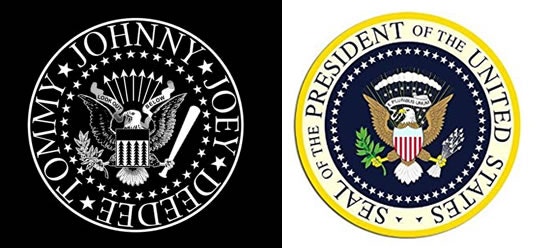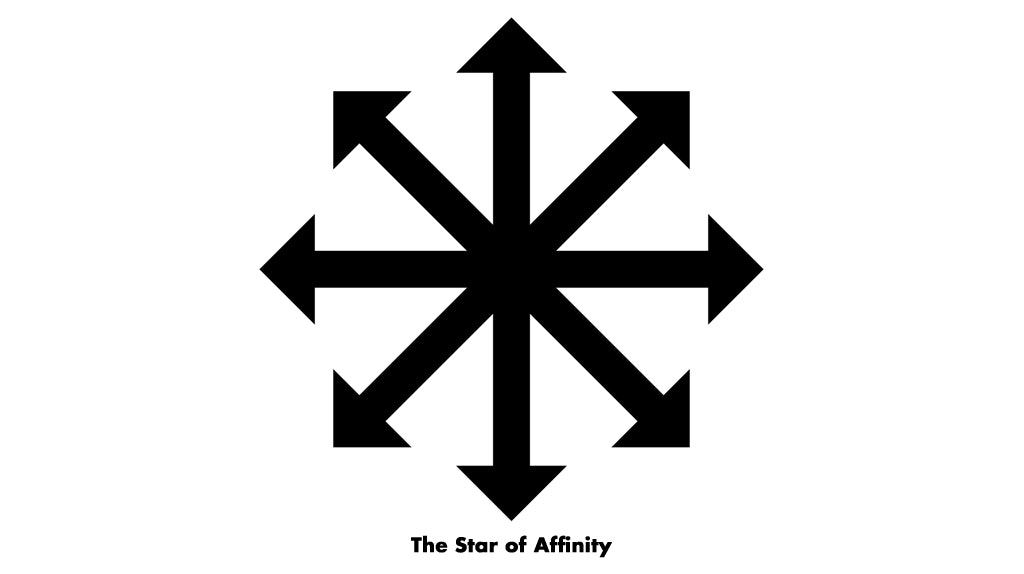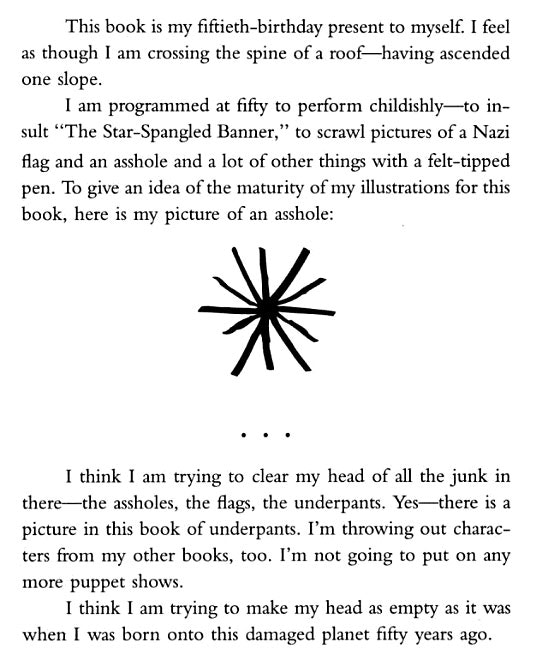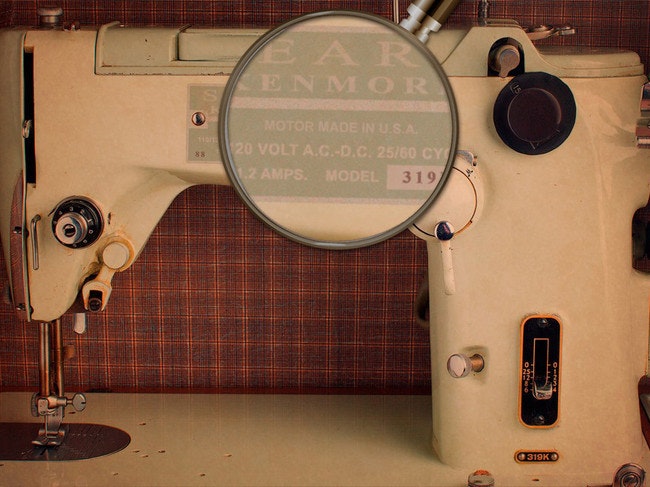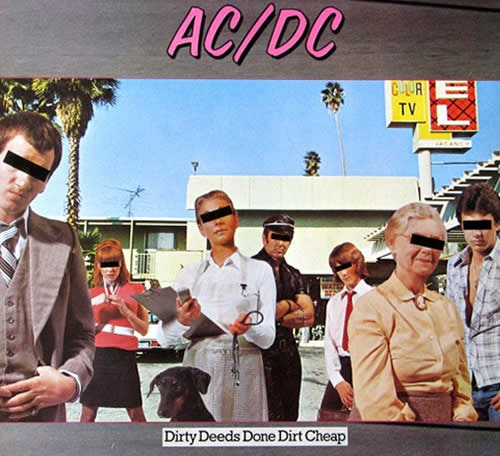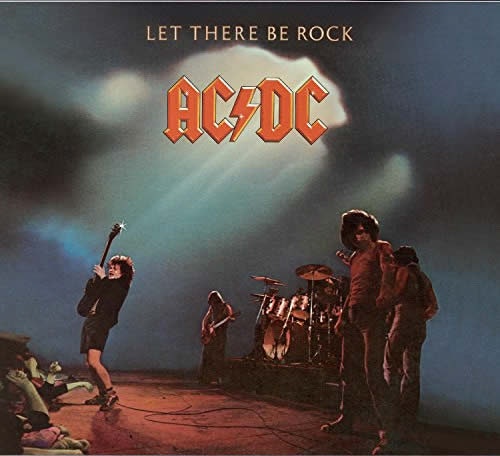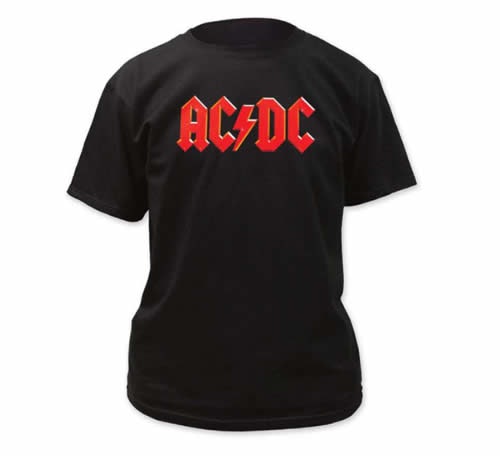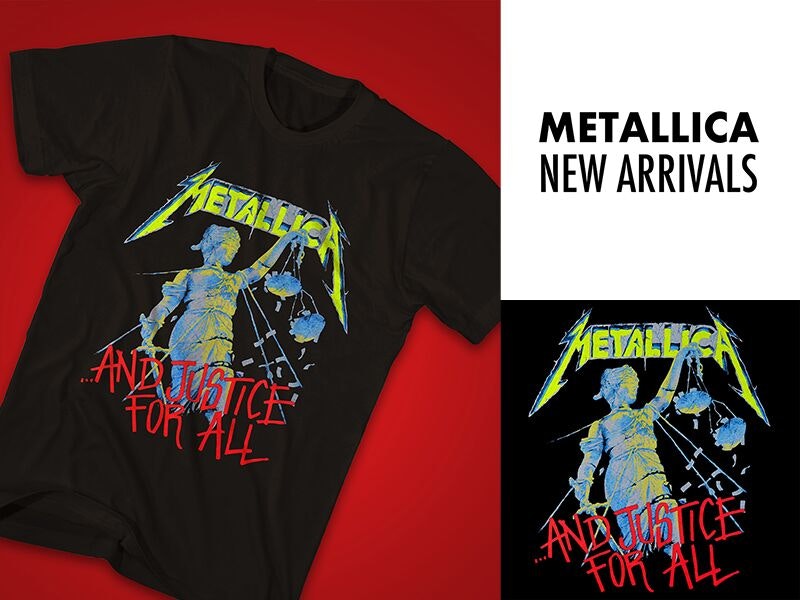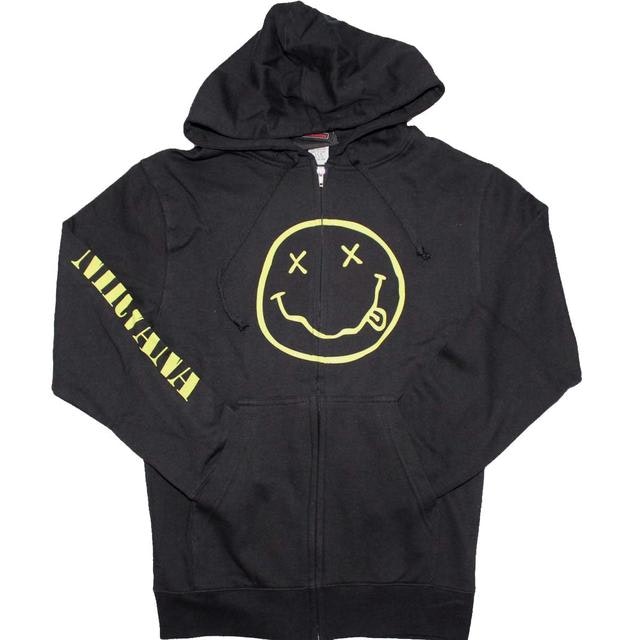When you think Led Zeppelin the first thing that's come to mind are the incredible albums released over the 12 years span they revolutionized rock. The second thing might be the iconic Icarus Swan Song logo that is so closely associated with Jimmy Page and company. It's the perfect image for a band like Led Zeppelin, a timeless piece of art that just feels right in the lore of classic rock.
We looked into the history of the Swan Song logo and picked out five interesting facts about the history of one of the most iconic logos in music history.
The Original Artwork Is In A Museum
The Led Zeppelin Swan Song logo is actually based off a sketch by William Rimmer, titled Evening (The Fall of Day), originally drawn in 1869. You can find the original piece at the Museum of Fine Arts in Boston, Massachusetts.
The Pink Floyd and Motorhead Connection
The man who drew the incredible Swan Song logo is none other than Joe Petagno, a renown artist who also worked with Pink Floyd, Motorhead and plenty of other rock bands. Petagno is known especially for creating Motorhead album art and designs, like their own iconic mascot Snaggletooth.
The Swan Song Design Was Created For Their Record Label
While the Swan Song logo is tied so closely to the band, it was actually created as the “mascot” for their record label, Swan Song Records. The label lasted nine years (’74-83) before shutting down, publishing just under 30 studio albums while active. The next biggest act to Led Zeppelin was probably Bad Company, another legendary band.
“Icarus” Never Appeared On A Led Zeppelin Album Cover
Since the design was actually created for Swan Song Records, Led Zeppelin never actually featured the Icarus imagery on an album cover. Icarus is on plenty of tour tees and amazing Led Zep merch, it never graced their album artwork.
What Is Icarus, Anyway?
You know that saying about not flying too close to the sun? That’s from Greek mythology, from the story of Icarus. Young Icarus flew too high while escaping Crete, causing his wings to melt and plucking him out of the sky. It's the story of the rise and fall of a shooting star, though Led Zeppelin's lasting legacy will keep them in the air forever.


